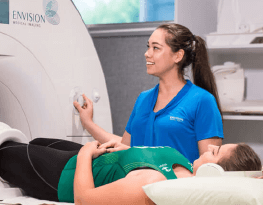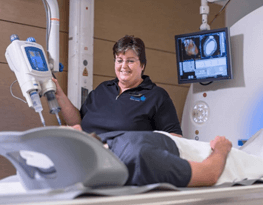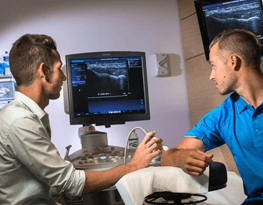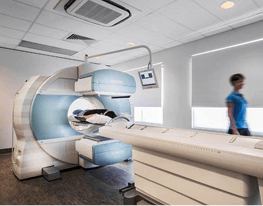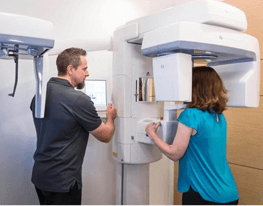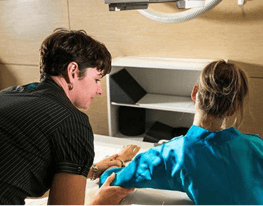What is a DIOL Injection?
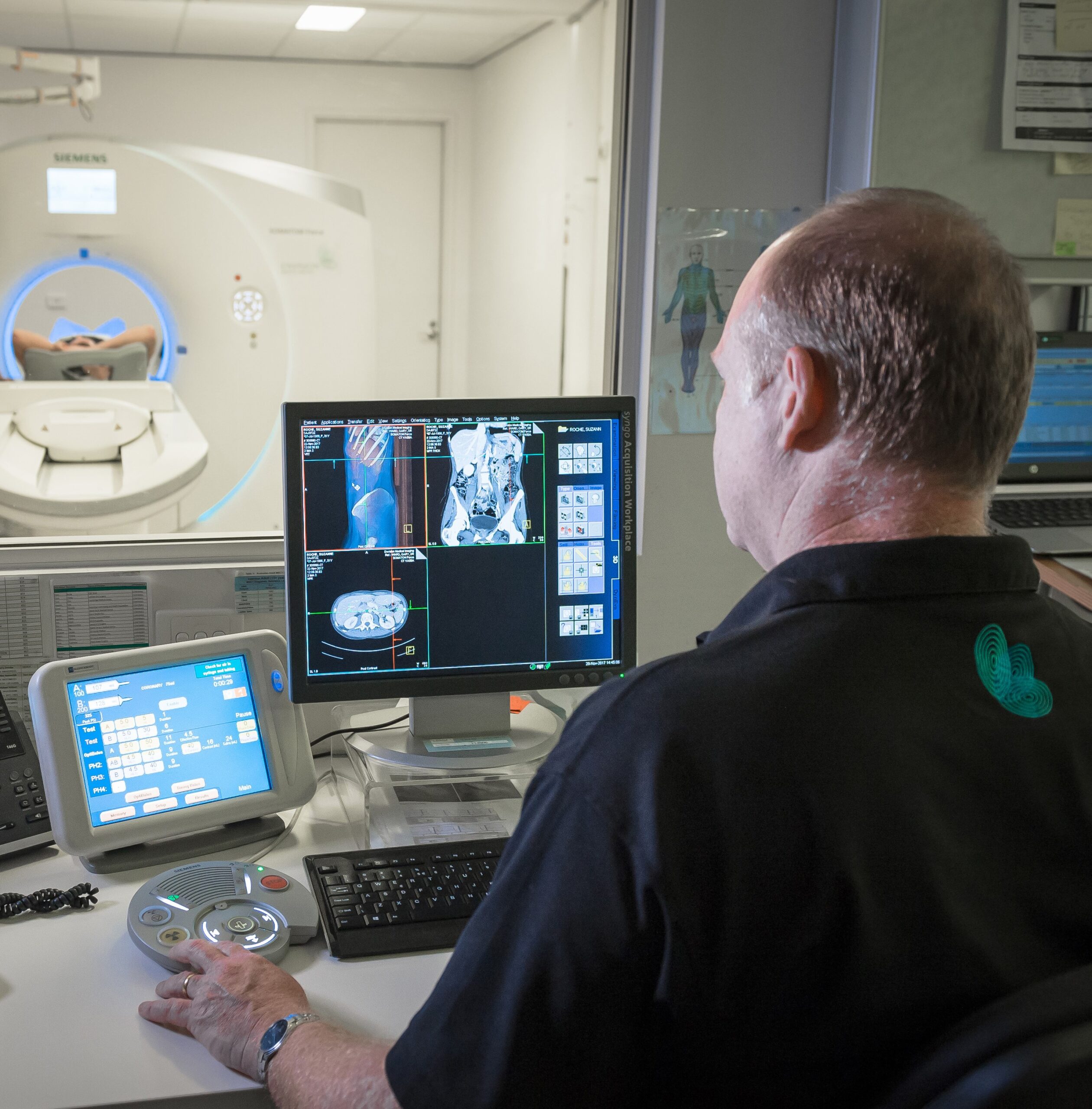
A Prolotherapy injection into the Deep Interosseous Ligament (DIOL) is an injection of glucose, local anaesthetic, and contrast medium (contrast) into the DIOL. You should have been referred for this procedure by your doctor who has given you a full explanation of the rationale and efficacy of the treatment. It is important that this has been explained to you directly by the referring doctor as they are prescribing this therapy, and are responsible for its initiation. Please confirm that this has occurred.
DIOL Injection
What happens during a DIOL Injection?
A. Before your scan
What to bring
- Your request form
- Any relevant previous imaging
- Your Medicare card and any concession cards
Preparation – In the week before your scan
You must advise us of any blood-thinning medication your are taking such as Aspirin, Warfarin, Plavix or Iscover and stop taking it for a period of time before your treatment. Please contact us for advice.
Preparation – the day of your scan
There is no specific preparation and you may eat and drink as desired before and after the procedure. You will be asked to fill out a questionnaire regarding your health status, medication, and any known allergies. If there is any chance you may be pregnant, please inform us before your scan. You may also be asked to change into a gown and remove some jewellery for your scan.
B. During your DIOL Injection
Procedure
When you are transferred to the CT room you will be made comfortable on the examination table. The examination table slides you into the centre of the CT machine and some preliminary pictures are taken to confirm the scan position.
The skin will be washed with antiseptic and a local anaesthetic may be injected. A fine needle is then inserted, guided into position using CT control and an injection will be given into the DIOL.
Your procedure will take about 20 minutes.
Risks and side effects
A CT-guided DIOL injection is a very low risk procedure. Find out about CT Risks and Side Effects.
Other risks associated with this procedure include:
- Pain or discomfort at the needle insertion site, or bruising after the procedure.
- Temporary numbness or a tingling sensation can sometimes occur.
- Inflammation which may involve redness or swelling and increased pain after 48 hours.
- Nerve damage due to contact between the prolotherapy solution and a peripheral nerve is a possibility and would lead to rapid onset of pain and an area of numbness – which usually settles within a few hours or days.
- Increasing pain or redness needs to be promptly reported to your referring doctor.
Any medical procedure can potentially be associated with unpredictable risks.
Who will perform my DIOL Injection?
Our specialist medical imaging team will perform your DIOL Joint Injection.
DIOL Injection
What happens after a DIOL Injection?
How do I get my results?
After your appointment, the information from your scan is processed and interpreted by Envision’s medical imaging team before delivery of a report to your doctor.
Post-procedural information
At the end of the procedure the needle will be withdrawn carefully from the insertion point and a band aid applied. Some patients report an increase in their discomfort for a variable period of up to 10 days. You may take pain-relieving tablets but NOT anti-inflammatories as these will interfere with what the procedure is aiming to achieve.
You should arrange for someone to collect you from your appointment.
DIOL Injection
Download an Information and Consent Form
Medical Imaging Practice Perth
Types of Imaging
At Envision, we offer the most sought-after types of imaging for diagnostics and treatments. Our Wembley headquarters is the largest single-site radiology practice in Perth
